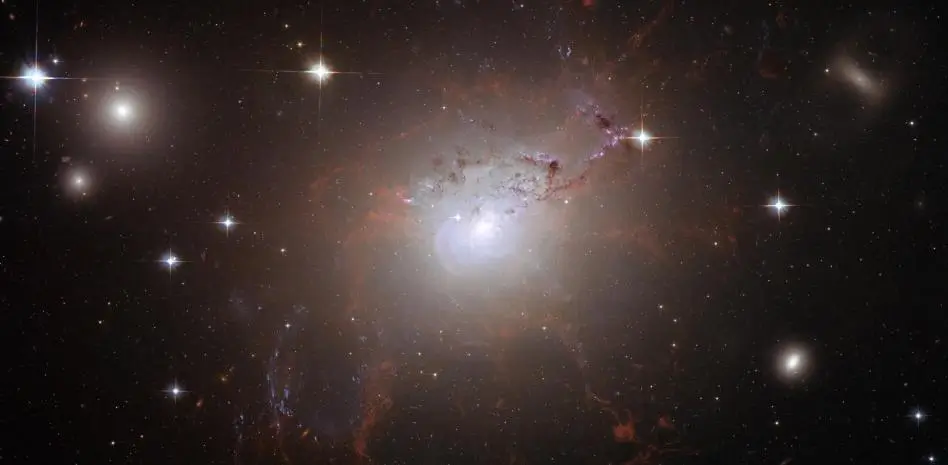Space exploration continues to be one of the most exciting frontiers in science. In a new milestone for astronomy, NASA has given the green light to the Landolt Space Mission, an ambitious project that seeks to unravel the mysteries of the universe through the creation of an “artificial star.”
Led by George Mason University, this $19.5 million mission has as its main objective to more accurately calibrate the brightness of millions of stars. By placing a satellite equipped with lasers in a geostationary orbit, scientists will be able to obtain more accurate data on stellar luminosity, a fundamental parameter for understanding stellar evolution and the nature of exoplanets.
A CubeSat with a monumental mission
The heart of the mission is a small satellite, or CubeSat, that will be launched into space in the coming years. Despite its compact size, this technological device will carry on board a set of eight high-precision lasers. These lasers will emit a stable and calibrated light that will serve as a reference for ground-based telescopes. By comparing the luminosity of the artificial star with that of other stars, astronomers will be able to determine more accurately its intrinsic brightness.
The scientific benefits of the Landolt Mission are multiple. Firstly, it will allow astronomers to refine models of stellar evolution, which in turn will help to better understand the history and future of our galaxy. In addition, the data obtained will be crucial for studying supernovae, stellar explosions that mark the end of the life of some massive stars and that are fundamental for the synthesis of heavy elements.
But perhaps one of the most exciting aspects of this mission is its potential to contribute to the search for extraterrestrial life. By better understanding the properties of stars, scientists will be able to more accurately identify habitable zones around other stars – regions where conditions could be conducive to the existence of liquid water, and therefore life.
The Landolt Mission is a collaborative project involving a number of institutions and experts from different disciplines. In addition to NASA and George Mason University, the National Institute of Standards and Technology and ten other universities are participating. This interdisciplinary collaboration is essential to the success of such a complex and ambitious mission.
The Future of Space Exploration
The Landolt Space Mission represents an important step in space exploration. By developing new technologies and observation techniques, this mission paves the way for future research and discovery. It also demonstrates the commitment of NASA and the international scientific community to continue exploring the universe and unraveling its mysteries.
In the coming years, we will be watching closely as this exciting mission progresses. The artificial star orbiting Earth will become a beacon for astronomers, guiding them in their search for answers to some of the most fundamental questions about our place in the cosmos.
